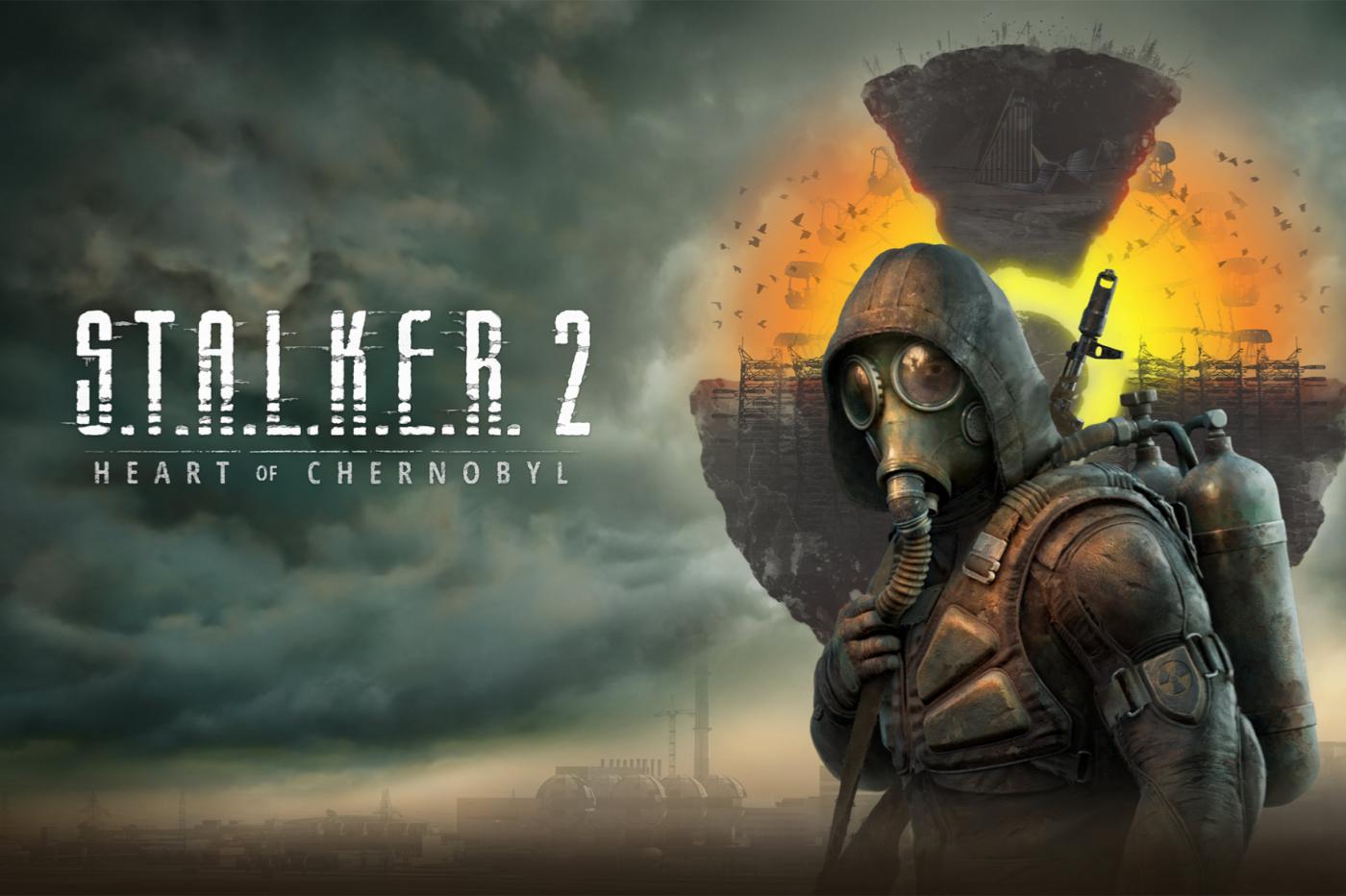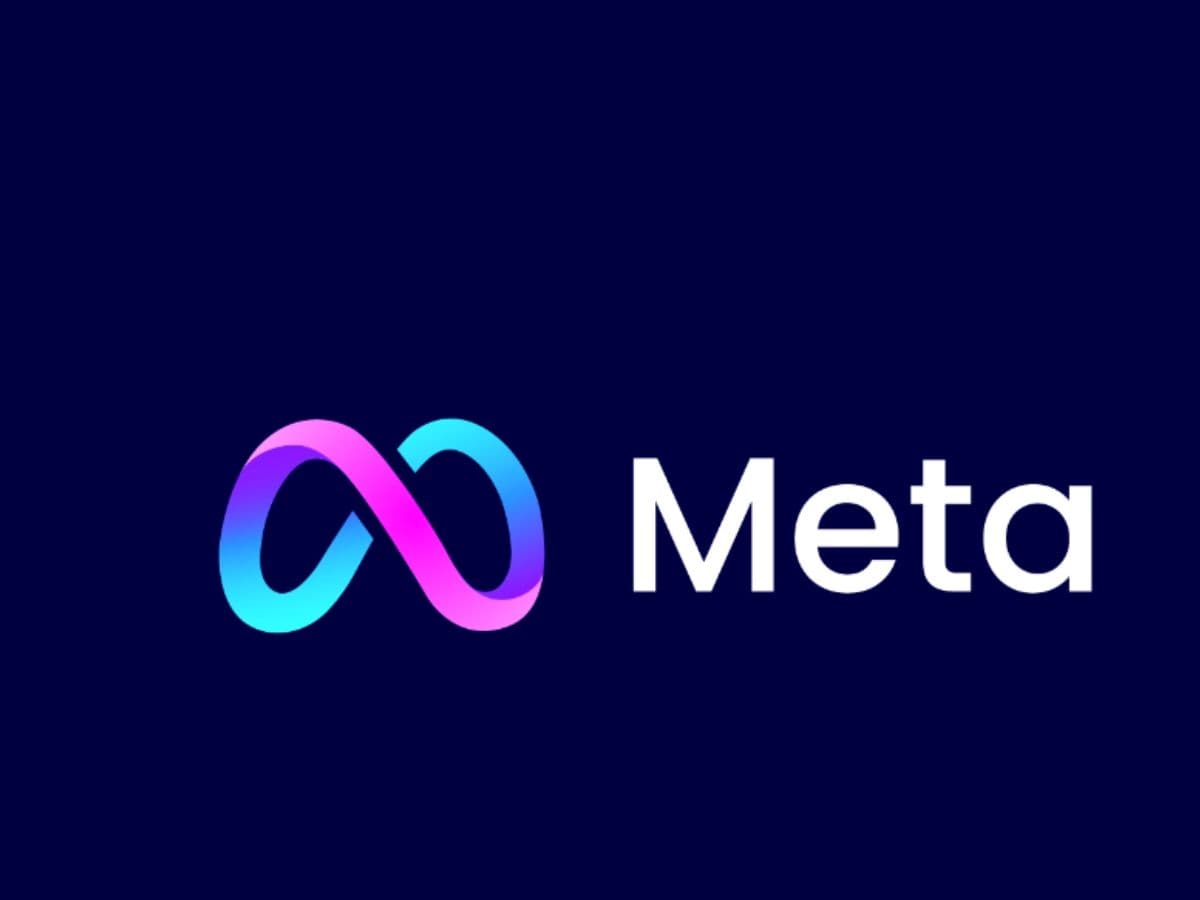Bluesky is, at the time of writing, approaching 20 million users, according to its own real-time public accountant. Growing at the rate of a million a day and it has become the most promising alternative to X in a long time.
The question now is… who is behind Bluesky? The answer is by no means limited to Jack Dorsey.
Jay Graber + 20
At the head of the project is really Jay Graber, a 33-year-old CEO who leads a team of just twenty full-time employees. The total number of employees broken down between full-time and part-time or external collaborators is not public. But that figure is official: two dozen full-time.
As reported The New York Timesthis small group works above all on managing the growth that the platform has experienced in recent days, dealing with service outages, code errors and content moderation. Bluesky is now a highway that has suddenly absorbed many more cars than it had anticipated.
Its origins, however, go back to an idea by the aforementioned Jack Dorsey, founder of Twitter, who dreamed of creating a “decentralized” social network.
The project It initially received funding from Twitter itself, but Elon Musk cut these ties as soon as he bought the social network. Some time later, Bluesky raised more than $23 million in two rounds of financing. An oxygen tank until he decides what he wants to be when he grows up and how he hopes to make money.
Rose Wang, its director of operations, defined the essence of the project by explaining that “it is built by the people, for the people.” In a promotional video he said that users are “no longer tied to a dominant algorithm that promotes the most polarizing posts or the biggest brands.” Bang.
heavyweights
The initial core of the team, Graber said in March 2022, also included Daniel Holmgren, a protocol engineer with IPFS experience, and Paul Frazee, a developer. full-stack which Patchwork had previously created.
The project also had important technical advisors such as Martin Kleppmann, author of the book “Designing Data-Intensive Applications”, and Jeromy Johnson, first employee of Protocol Labs.
Bluesky’s philosophy contrasts with that of its rivals. Facebook, TikTok or Instagram (relative competition) function as walled gardens that penalize or practically nullify the link to the open Web, and make it difficult for users to migrate between platforms.
Bluesky, on the other hand, is committed to an open protocol, which allows independent developers to create their own social networks on its infrastructure. Like Mastodon.
The future
Graber is clear about the future of the platform:
“We want to build something that ensures that users have the freedom to move and developers have the freedom to build. (…) If someone has an idea to improve the state of social media, they don’t have to pressure us to change things. They can do it themselves”.
This vision is already giving results. Bluesky has become a refuge for users who have abandoned
The Bluesky team maintains a very small, but agile structure, and now it remains to be seen to what extent it is capable of providing continuity and scope to the platformand if it can really stand up to the technological giants.
Its latest decision not to use user posts to train generative AI technology marks another important difference from Meta, X or Google. And in the process, it serves as a boost to its more respectful and user-centered social network model.
In WorldOfSoftware | Bluesky vs Threads vs Mastodon: comparison of the three main alternatives to X / Twitter
Featured Image | Jason Mavrommatis on Unsplash, Wikimedia Commons , News










